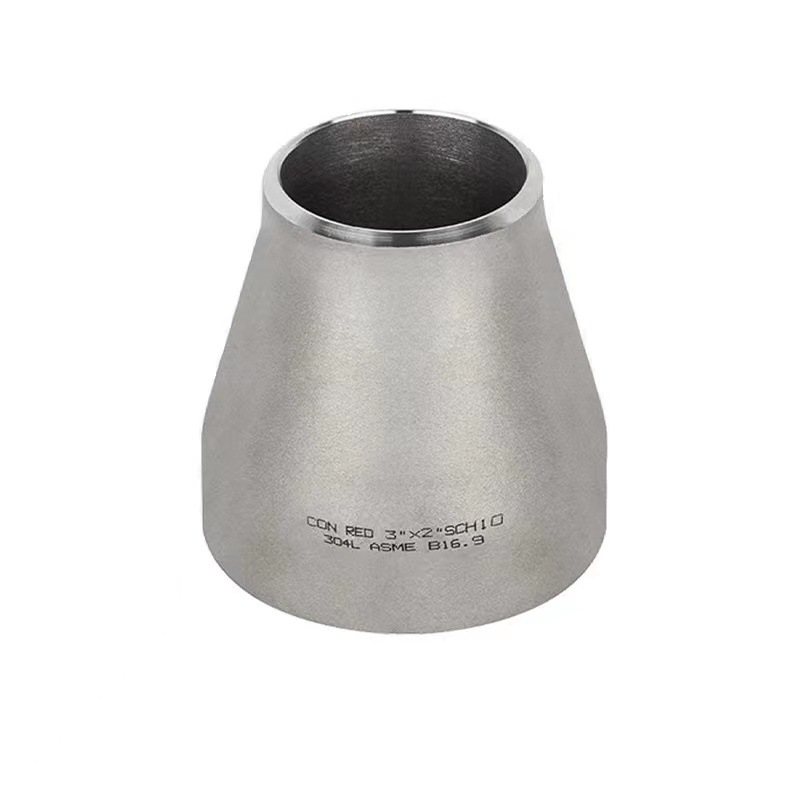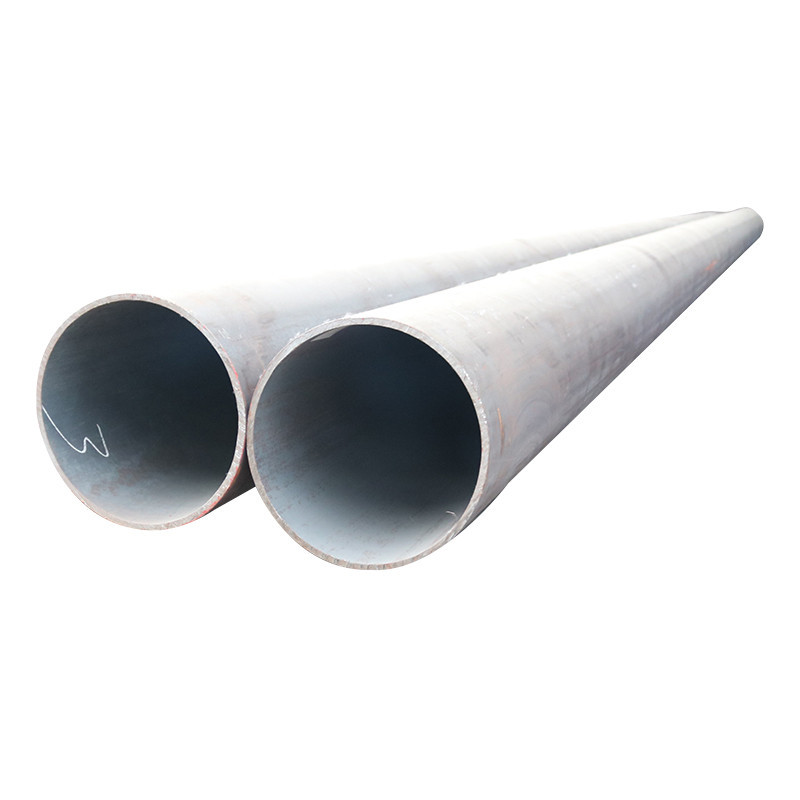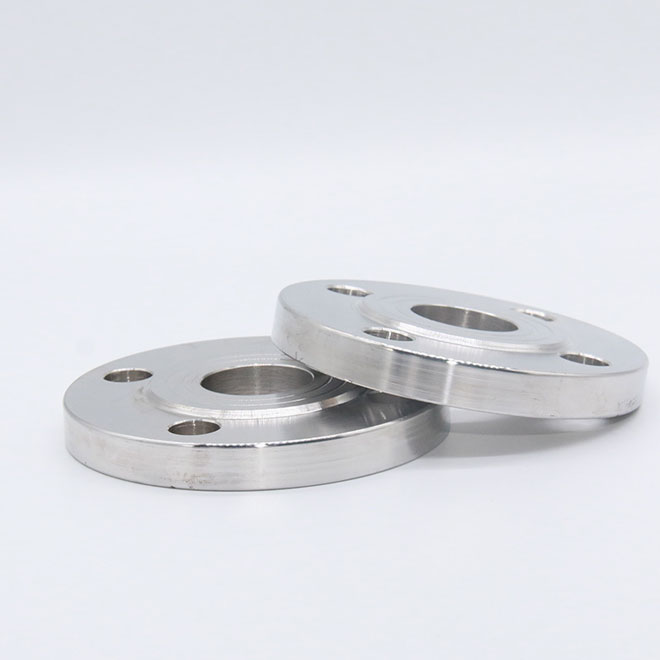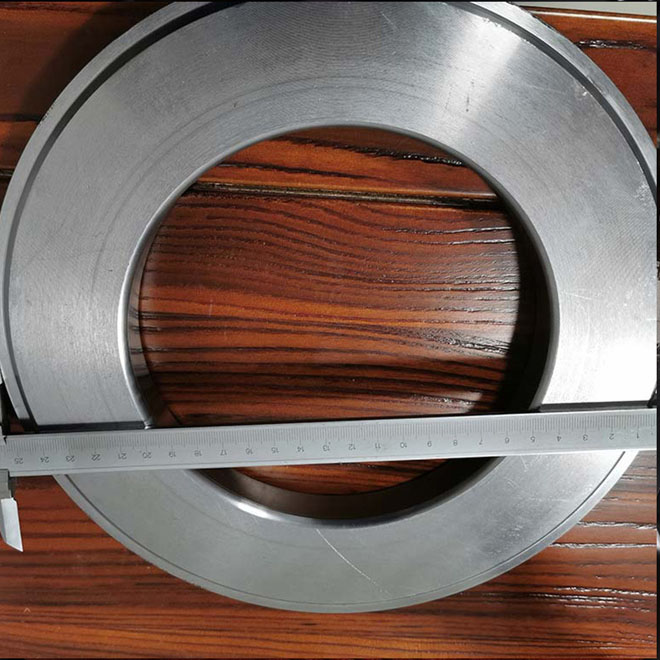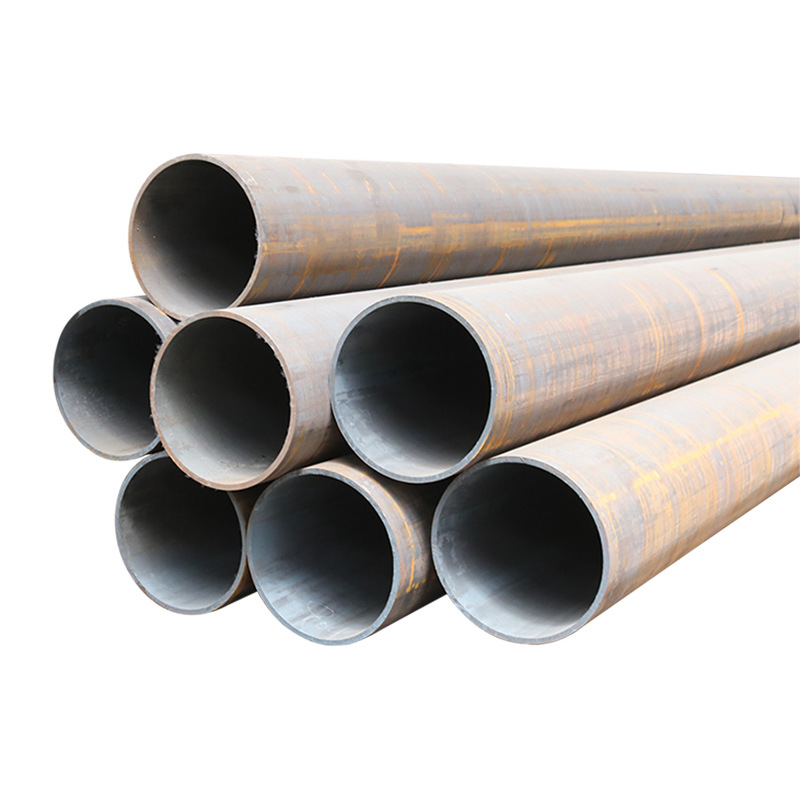Characteristics of spectral analysis
Atomic emission spectrum analysis has its unique advantages, especially suitable for pre-furnace analysis, so that it has become an essential analytical means for metal smelting and casting industry, and its characteristics are as follows:
(1) Multi-element simultaneous detection capability. Simultaneous determination of multiple elements in a sample. After each sample is excited, the different elements emit characteristic spectra, so that multiple elements can be determined simultaneously. For complex products, the more analytical elements are required to heal, and the economic benefits are good.
(2) Fast analysis speed. If the photoelectric direct reading spectrometer is used to analyze the sample without chemical treatment, the sample taken in the furnace can be excited on the sample table as long as the surface oxide is polished off, eliminating the trouble of drilling the sample for chemical analysis. For aluminum and copper, zinc and other non-ferrous metal samples, you can use a small lathe to remove the surface oxide can be directly measured. From sample excitation to the computer to report the element analysis content only 20-30 seconds, the speed is very fast, which is conducive to shortening the smelting time and reducing the cost. Especially for those elements that are easy to burn, it is easier to control their final composition.
(3) High accuracy. The analysis accuracy is very high, can effectively control the chemical composition of the product, ensure that it can meet the national standard specifications, and even the alloy composition can be controlled to the lower limit of the specification to save the consumption of intermediate alloys or ferroalloys.
(4) Less sample consumption.
(5) The analytical data can be printed out from the computer or stored on a floppy disk as a permanent record.
In short, from a technical point of view, photoelectric spectral analysis, it can be said that there is no more effective instrument than it can be used for rapid analysis in front of the furnace, with so many characteristics and can replace it. Therefore, the world's smelting, casting and other metal processing enterprises are competing to use this kind of instrument to become a conventional means of analysis, from the guarantee of product quality, from the economic benefits and other aspects, it is a very favorable analysis tool.






